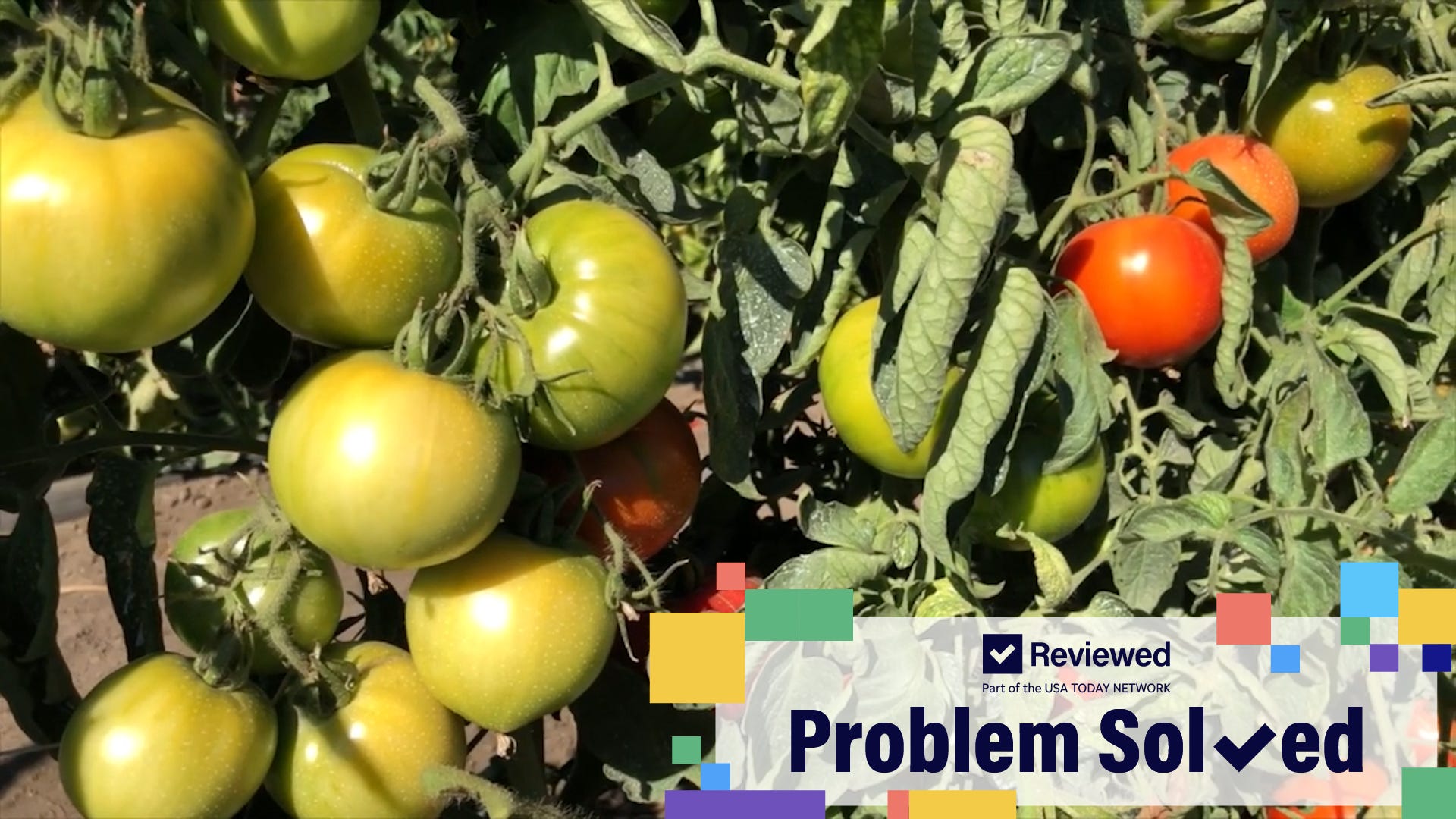How to grow a thriving crop of potatoes no matter where you live

- Potatoes are a versatile and popular vegetable that can be grown in home gardens.
- Plant certified seed potatoes in spring and harvest new potatoes after flowering or wait for larger tubers after the plant dies back.
- Cure harvested potatoes for 10-14 days before storing in a cool, dark location.
Potatoes are one of the most versatile and popular vegetables eaten throughout the world. A crop failure of this vegetable caused by a pathogen in just one country in the mid-1800s was responsible for one of the greatest human migrations in history.
The potato (Solanum tuberosum) likely originated in the Peruvian highlands more than 6,000 years ago and was introduced to Europe in the 16th century by the Spanish.
Whether you like your potatoes mashed, fried, boiled or baked, you can grow your own russet, white, red, yellow, blue or fingerling potatoes in your own backyard garden. Even small garden spaces can produce a large yield, with an 8-foot garden row yielding up to 10 to 15 pounds of tasty spuds.
Popular varieties of potatoes to grow in the home garden include Pontiac, superior, Kennebec, Katahdin, Yukon gold and Adirondack blue.
Cultural requirements
Potatoes grow best in a full-sun location and in well-drained, well-aerated soils high in organic matter. Potatoes will not yield well in compacted soils or soils with high clay content or poor drainage.
It is best to amend the soil with organic matter such as leaf compost, peat moss, straw or another source of organic matter before attempting to grow potatoes.
Growing a cover crop the season before planting potatoes can also add organic matter in the soil. In addition to growing in traditional in-ground garden beds, potatoes can be successfully grown in raised beds, grow bags and even straw bales.
To prevent the accumulation of soil-borne diseases, potatoes should not be grown where potatoes, tomatoes, eggplant or peppers have been grown in the past two or three years. All of these plants are in the same plant family called Solanaceae, or nightshade, and are susceptible to the same plant diseases.
Fertility and pH requirements
Potatoes grow best in alkaline soils with a pH of five and a half to six. This may present a challenge in some areas, if native soils tend to have a much higher pH level.
If you do not know the pH level of your soil, be sure to have it tested for fertility and pH. Information on how to have your soil tested is available at go.osu.edu/franklinsoiltesting.
If the pH of your soil is higher than six, you can still grow potatoes if you amend the soil with elemental sulfur, which will lower soil pH. Common scab of potato is a soil-borne disease which thrives in soils with higher pH levels, so amending soils with higher pH levels is critical.
Potatoes are fairly heavy feeders of nutrients, so be sure to fertilize according to the specific results of your soil fertility test. A typical fertilizer rate would be approximately 1 to 1.5 pounds of 10-20-20 or equivalent fertilizer per 50 square feet of planting area.
Planting and managing potatoes
Once the soil temperature reaches 45 to 50 degrees Fahrenheit, plant seed potato pieces in shallow trenches 3 to 5 inches deep with 10 to 12 inches between potato pieces.
Cover with 1 to 3 inches of soil and plant rows 24 to 36 inches apart. You can plant pieces more closely together in the row for smaller tubers and farther apart for fewer but larger tubers.
Potatoes typically sprout in 10 to 14 days, and the new potatoes will form above the planted seed potato. Keep the soil loose and pulled up around the main stem of each plant.
When the plants are fully grown, rake or hill-up soil over potatoes around the base of each plant to shield the growing tubers from the sun, which can cause greening or scalding.
These green portions of the potato skin contain a bitter-tasting, poisonous alkaloid called solanine and should be thoroughly cut out of potatoes before consumption.
Only plant certified disease-free seed potatoes, not potatoes bought in the grocery store, as these potatoes could contain a disease organism and may have also been treated with a sprout retardant, which would prevent them from growing.
Keep potato plants well-watered if rainfall is sparse, especially when tubers are developing. Avoid watering with overhead sprinklers to reduce the spread of fungal diseases.
Harvesting potatoes
Small, tender “new” potatoes can be harvested six to eight weeks after planting once the plants have flowered. New potatoes are generally sweeter than potatoes which grow larger.
Consider harvesting some new potatoes while leaving additional potatoes to continue to grow. The tubers will continue to grow larger through the summer until the above-ground portion of the plant is killed by frost, mowing or insects and diseases.
To harvest new potatoes, gently dig the soil around the young potatoes with a garden fork to avoid damaging the still-growing plant and bruising or spearing tubers. Bruises and cuts of the tubers will allow entry of soil-borne pathogens, which can cause rot.
If you plan to store potatoes for an extended period, leave the tubers in the ground for two weeks after the plants die back. This will allow them to develop a thickened skin.
Don’t dig potatoes if the soil is wet. Gently brush off soil from the tubers when harvesting, but do not wash them prior to storage.
Storing potatoes
Harvested potatoes should be cured for 10 to 14 days in a dry location at 50 to 60 degrees Fahrenheit and high humidity to heal over wounds and cuts.
After curing, potatoes should be stored in a cool dark location between 40 and 50 degrees Fahrenheit.
Mike Hogan is Extension Educator, Agriculture and Natural Resources and associate professor with Ohio State University Extension.